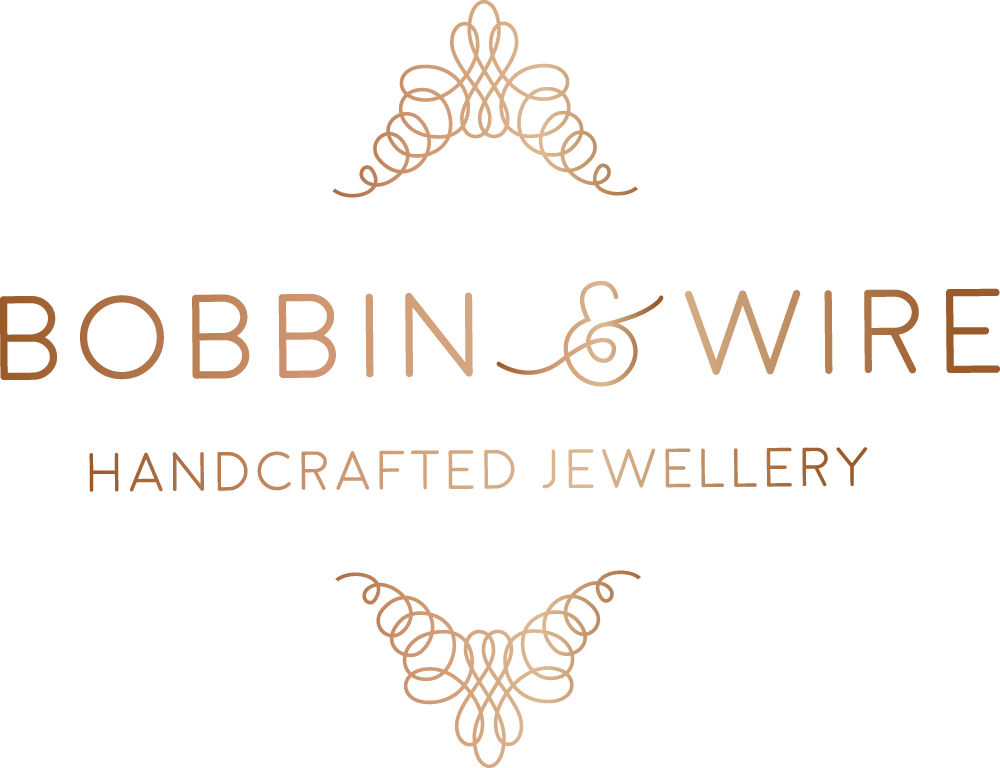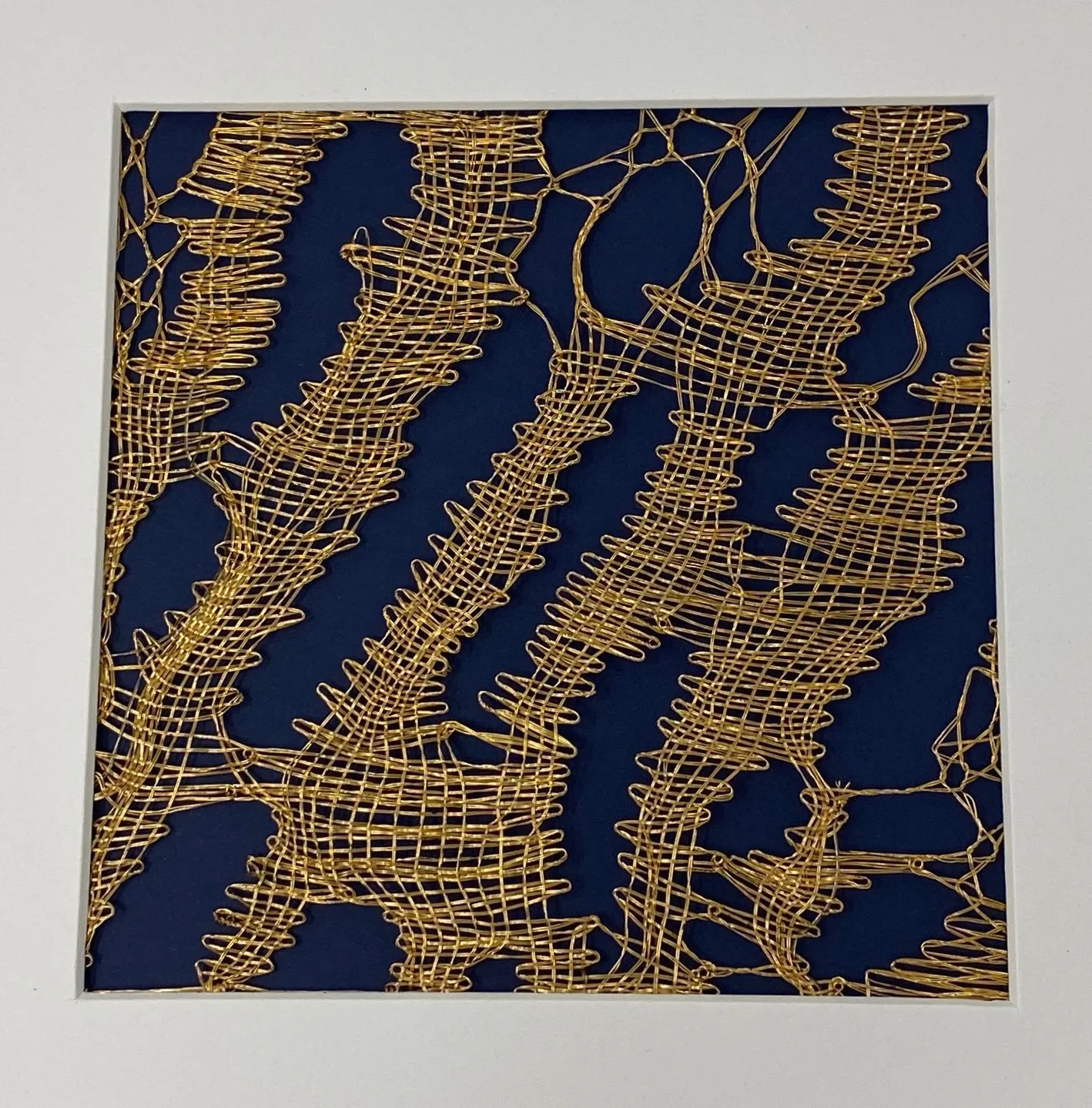There are three spring celebrations in the Celtic year; Imbolc, Ostara and Beltane. Ostara is the midpoint the celebrations taking place between 16/03 and 23/03. This is the time when light and darkness are in balance with light on the rise. New seasons are the opportunity for fresh starts and new beginnings. What does any of this have to do with wire lace jewellery you may ask?
Much like our natural world I’ve been hibernating through the winter, hunkering down making lots of lace and plans for my new creative venture, I’ve been busy designing and creating products and working on a seemingly endless list of things to do. I’m excited to say that the opening of my online Etsy shop has now become a reality.
There’s so many things happening at the moment as I make this idea a reality; I’ve sorted my business name, my logo is nearly done, my website is being rebranded, I’m sourcing packaging and I’m finalising my product designs.
I’m not sure how this will go, My goal is to build a slow and sustainable creative business, Making beautiful bobbin lace takes time. It’s just me making my jewellery and there are only so many hours in the day.
I realise I have to build a customer base and that’s not going to be easy. I am under no illusion that any of this will be easy, but this is something I feel I have to do, I want to create beautiful pieces of wearable art that people want to own as well as contributing to keeping bobbin lacemaking alive and thriving.
I am sure there will be days when everything feels hard, and days when I might want to give up, there always are, with anything in life especially a new venture. I’m going to try and stay positive and focused, taking each day as it comes. I might need to pivot so that plans I’m making now might need to be tweaked. In spite of all that I’m really excited by my new venture. This is an opportunity for my designs to make someone feel special.
So this is me giving this a shot, I’m looking forward to sharing my work with you and hearing your feedback.




































